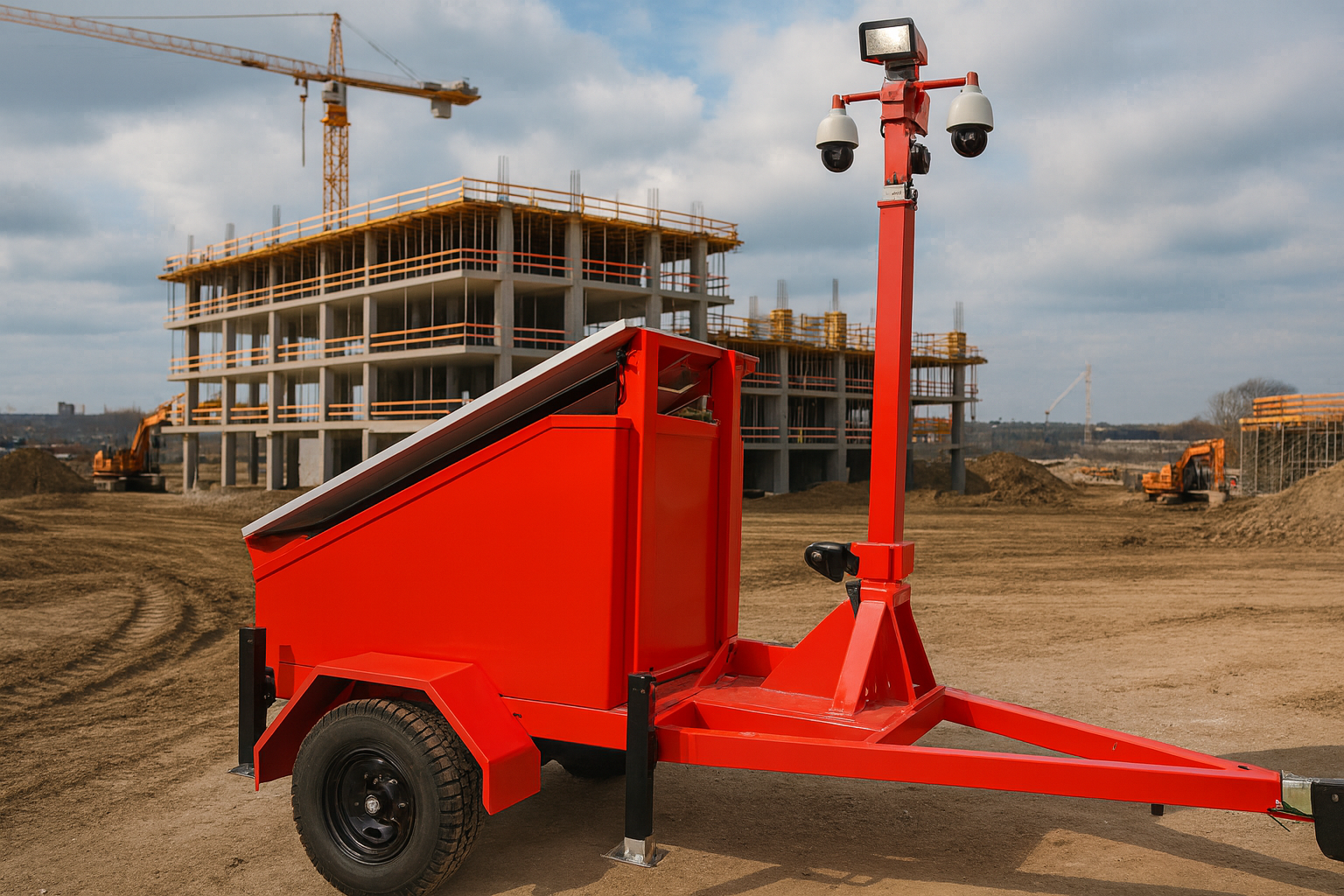TL;DR: A layered defense strategy works because it combines prevention, detection, communication, and rapid response into one integrated system. The Motorola Safety & Security Ecosystem ties video, access control, analytics, emergency communications, and real-time alerts together so your team sees issues earlier and responds faster. Facilities that implement this stack typically reduce blind spots, improve incident resolution, and gain operational clarity they simply cannot achieve with disconnected security tools.
How to Build a Layered Defense Strategy with the Motorola Safety & Security Ecosystem
If you manage security for a large facility or multi-site operation, you’ve probably felt the strain of juggling multiple platforms that don’t talk to each other. Cameras on one system. Doors on another. Radios on a separate island. When an incident happens, your team is forced to piece things together manually. It slows response times and increases risk.
The Motorola Safety & Security Ecosystem eliminates this fragmentation, giving you one connected path from detection to decision to action.
What Does a Layered Defense Strategy Actually Look Like with Motorola?
A true layered defense starts with visibility, expands into intelligence, and ends with coordinated action. Motorola’s ecosystem covers each layer with purpose:
1. Prevent
Access control through Avigilon Alta, identity verification, secure door schedules, and automated lock/unlock events reduce opportunities for unauthorized entry.
2. Detect
High-resolution cameras from Avigilon Unity and AI-powered video analytics identify motion, behavior patterns, weapons, or unusual activity in real time.
3. Communicate
WAVE two-way radios and RAVE emergency notifications keep staff aligned across large campuses or multi-building operations.
4. Respond
Integrated alerts, color-coded dashboards, automated workflows, and real-time video verification create a fast, coordinated response that shortens incident duration.
This is the power of an ecosystem: every action prompts the next step automatically, without relying on someone to notice, interpret, or relay critical information.
How Does Integration Improve Real-Time Decision Making?
Disconnected tools slow teams down. Motorola’s ecosystem eliminates that drift by merging all security layers into one flow.
When analytics identify a threat, it immediately triggers connected systems:
Cameras auto-bookmark relevant footage
Doors can lock or restrict access
Radios and notifications alert the right staff
Alarms verify with video before escalating
Maps display exactly where the incident is happening
Your team isn’t scrambling through multiple logins or guessing what to do next. The system guides the response, while your people focus on action.
This reduces false alarms, speeds up investigations, and puts decision-ready information in front of the right people at the right time.
What Technologies Form the Core Layers of the Motorola Safety & Security Ecosystem?
Most clients assume the ecosystem is just cameras. In reality, it includes several categories that create a complete defensive posture:
Layer 1: Video Security
Avigilon Unity and Avigilon Alta cameras
AI analytics for behavior, motion, license plates, and objects
On-prem and cloud options
Layer 2: Access Control
Seamless identity management
Cloud-first control for remote sites
Mobile credentials for employees
Automated response workflows
Layer 3: Communications
Motorola WAVE radios for instant push-to-talk
RAVE Mobile Safety for mass notification
Integration with first responders
Layer 4: Intelligence and Orchestration
Incident dashboards
Automated alerts linked to video clips
Map-based visualizations
Audit-ready logging
Layer 5: Emergency Response
Lockdown triggers
Automated evacuations
Coordinated messaging
Video-sharing with law enforcement
Instead of five vendors, five platforms, and five points of failure, clients get one environment where all layers reinforce each other.
Turning a Disconnected System into a Smart, Connected Defense
A local manufacturing client came to Hoosier Security after dealing with repeat overnight intrusions. Their cameras were outdated, their access control system wasn’t capturing usable logs, and their communications were limited to phone trees that often failed.
The Problem:
Incidents kept happening because no single system could detect suspicious behavior early enough or notify the right people.
The Solution:
Hoosier deployed the Motorola ecosystem with:
Avigilon analytics to identify perimeter breaches
Avigilon Alta access control for centralized identity management
Automated video-verified alerts
WAVE radios for instant on-site coordination
The Outcome:
Within the first 90 days, response times dropped by over 50 percent. False alarms decreased. Their operations team finally had a full, unified picture of what was happening and could make decisions quickly instead of digging for answers.
FAQ
Q: What makes a layered defense strategy more effective than a single security system?
A layered defense eliminates reliance on any single technology. If someone bypasses a door, video picks it up. If video sees a threat, communications trigger instantly. The layers reinforce each other, reducing blind spots and human error.
Q: Do I have to replace all my old hardware to use the Motorola ecosystem?
Not always. Hoosier can integrate select existing equipment, but most organizations choose phased upgrades to replace weak links. The ecosystem is designed to expand over time without disrupting operations.
Q: How does Motorola improve response time compared to traditional systems?
The ecosystem automates detection-to-action workflows. When analytics identify something unusual, the system pushes alerts, video, and context to radios and dashboards instantly. Your team doesn’t have to hunt for footage or verify alarms manually.
Q: Is a layered defense strategy only for large enterprises?
No. Small and mid-sized businesses benefit just as much. The ecosystem scales smoothly from a single building to a multi-campus environment.
Q: Why partner with a local integrator for a Motorola deployment?
Because hardware is only half the value. You need a partner who builds the workflow, maintains the system, and keeps it running reliably. Hoosier’s local service model ensures your system works when you need it most.
Start Building Your Layered System Today
If you want to see the Motorola Safety & Security Ecosystem working together in real time, schedule a tour of the Hoosier Security Experience Center. You’ll get a hands-on look at how layered defense, automation, and analytics strengthen your facility’s protection and simplify day-to-day operations.









